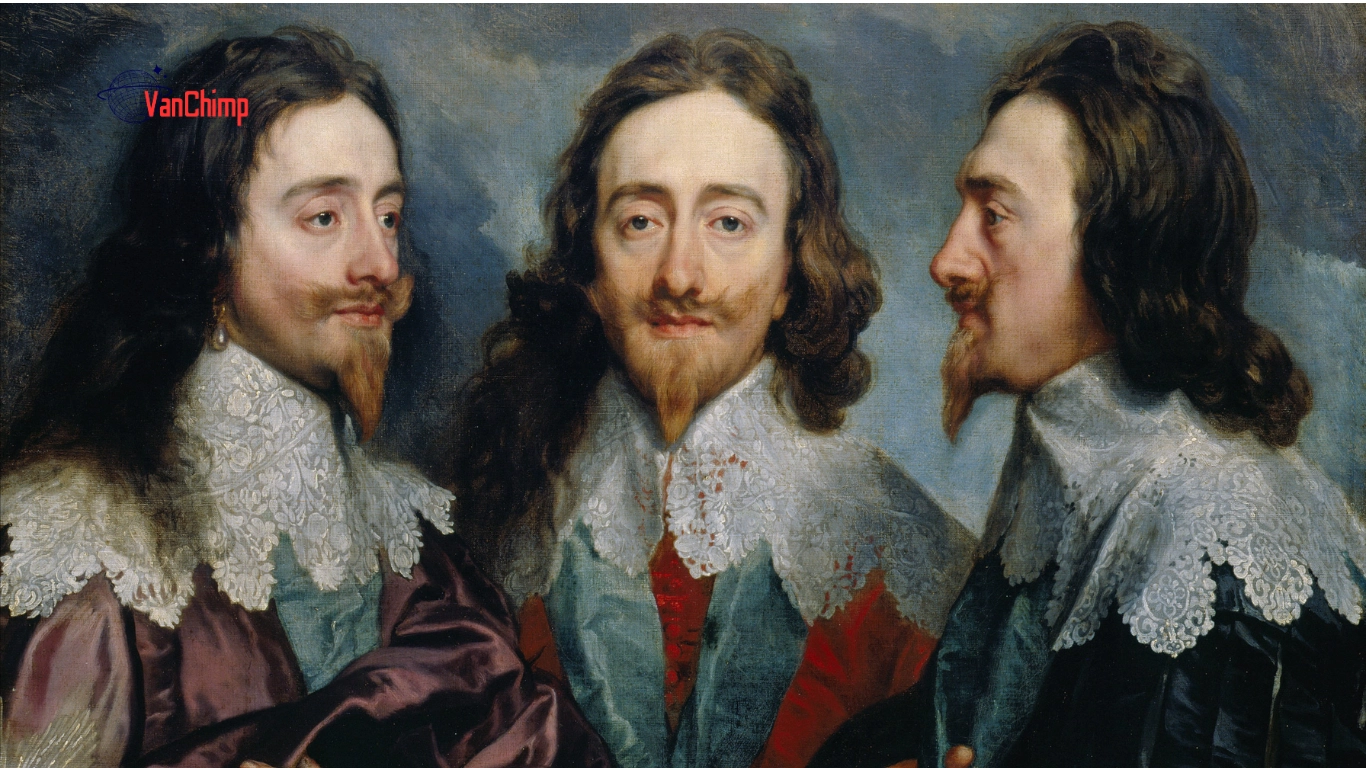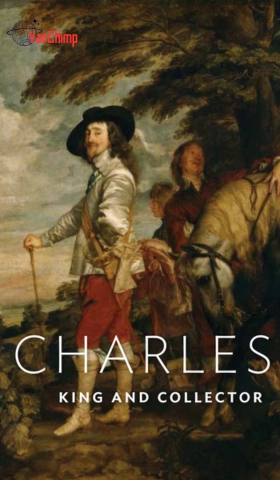
Art Collectors Meaning
Art collectors are more than just people who buy paintings. They are really important to the world of art. They help keep art safe, show it to others, and support artists. In this article, we’ll talk about what art collectors do, why they’re important, and how they started. We’ll also give you some ideas on how to choose good art to collect.
What Is the Meaning of Art Collectors?
An art collector, as defined by the Oxford English Dictionary, is “a person who collects works of art, either as an investment or for pleasure.” This definition barely scratches the surface. Art collectors actively engage with artists, galleries, and auction houses to build and curate their collections. They often preserve significant works of art and make them available for public display. This contributes to cultural preservation and education.
The Passion for Art

Art is more than just something pretty to look at. It’s a big part of our world. Art helps us remember things that happened, talk about important issues, and understand how people felt in the past. It can make us feel strong emotions and think about things in new ways. That’s why art is so important for sharing ideas and feelings.
Economic Impact
The art market is a multi-billion dollar industry. It supports a wide range of businesses, from galleries and auction houses to frame shops and art supply stores. It generates significant revenue for local, state, and federal governments through taxes on art sales. Moreover, it creates jobs for artists, curators, dealers, appraisers, and many other professionals in the field.
Cultural Significance
Art holds immense cultural value. It helps us understand different societies and eras. Art provides insights into the beliefs, practices, and emotions of people across time and space. By supporting artists and promoting the arts, collectors help preserve this cultural heritage for future generations.
The History of Art Collectors
Art collectors have been influential throughout history. Some of the most notable collectors include the Medici family of Italy, King Charles I of England, and Empress Josephine of France. These individuals used their wealth to acquire art, support artists, and promote the arts in their regions.

The Medici Family
The Medici family was very rich and powerful during the Renaissance. They loved art and helped many famous artists like Leonardo da Vinci, Michelangelo, and Raphael. The Medici gave these artists money to create beautiful paintings and sculptures. Because of their help, we can enjoy amazing works of art today, like the ones in the Vatican and the Florence Cathedral.

King Charles I
King Charles I was another notable art collector. He amassed a large collection of paintings, sculptures, and tapestries. He commissioned works from leading artists such as Peter Paul Rubens and Anthony van Dyck. His patronage helped establish England as a center for the arts in the 17th century.
Empress Josephine
She collected works by artists like Jacques-Louis David and Jean-Auguste-Dominique Ingres. Her collection found a home in the Louvre, one of the world’s most prestigious museums. This solidified her contribution to the arts. She made a significant impact on cultural heritage.
Types of Art Collected
Art collectors have diverse interests. They often specialize in various types of art. Some focus on paintings, others on sculptures or photographs. Here are some common types of art collected:
Paintings

Paintings are highly sought after, with collectors coveting works by masters like Leonardo da Vinci, Michelangelo, and Rembrandt. Some collectors focus on specific periods or styles. Renaissance art is a popular choice. Others prefer Impressionist art.
Sculptures
Sculpture collectors often look for works by artists like Auguste Rodin and Pablo Picasso. They may specialize in classical sculptures or modern pieces, depending on their interests and tastes.
Photographs
Photography is another popular collecting arena. Works by renowned photographers like Ansel Adams and Henri Cartier-Bresson are highly coveted. Collectors might focus on specific styles or historical periods, such as daguerreotypes or contemporary photography.
The Role of Art Collectors in the Art World
Art collectors are very important people in the world of art. They do a lot to help artists, share art with others, and build places where we can see art.
Supporting Artists

When someone buys a piece of art, they give money to the artist. This is helpful, especially for artists who are just starting and haven’t sold many pieces yet. The money helps artists keep making new art.
Promoting the Arts
Art collectors often want to share the art they love with others. They might put on art shows, give money to groups that support art, or help build places where people can see art. This makes art more popular and helps more people learn about and enjoy it.
Establishing Museums and Galleries
Many of the places where we go to see amazing art were started or made bigger by art collectors. They give their art to museums or lend it for people to enjoy. This helps us learn about art and see beautiful things.
What Drives an Art Collector?
Why do people collect art? What makes them want to own paintings, sculptures, or other pieces? It turns out there are different reasons.

Art as an Investment
Some people see art as a smart choice for their money. They think that certain artworks will become more valuable over time. Just like buying a house that might be worth more later, these collectors hope to sell their art for a profit. They carefully pick pieces made by famous artists or from special periods that they think will be worth a lot in the future.
Art for Love
But not everyone collects art for money. Many people just really love art! They buy pieces because they find them beautiful or because they have a special meaning to them. These collectors build a collection that shows their taste and style. It’s like putting together a puzzle of things they like. The main reason they collect is because they enjoy looking at and living with art that makes them happy.
How to Choose the Best Art Selections
Choosing the best art selections can be a challenging task. Here are a few tips to help guide your decision-making process:

Consider Your Budget
Before you start collecting, it’s important to set a budget. Art can range in price from affordable to extremely expensive. Knowing how much you’re willing to spend will help narrow down your options.
Know Your Taste

Understanding what type of art you like is crucial. Spend time visiting galleries, museums, and art fairs to explore different styles and periods. This will help you develop a clear sense of your preferences and guide your purchasing decisions.
Assess Your Space
Consider where you will display the artwork. The size, color, and style of the piece should complement the space it will occupy. Think about the lighting and how it will affect the appearance of the artwork.
Do Your Research
Before making any purchases, research the artists and their works. Learn about their backgrounds, styles, and market values. This information will help you make informed decisions and ensure you’re getting good value for your investment.
Seek Expert Advice
Don’t hesitate to seek advice from art experts. Curators, gallery owners, and art consultants can provide valuable insights and help you navigate the art market.
Final Words
Art collectors play a vital role in the art world. They support artists, promote the arts, and help preserve cultural heritage. Whether driven by investment potential or personal enjoyment, collectors contribute significantly to the economy and cultural landscape. By understanding the meaning of art collectors, you can better appreciate their impact. You may even be inspired to start your collection.
Art is not just an object of beauty. It is a reflection of our society and a testament to human creativity. As you explore the world of art collecting, remember to consider your budget, taste, and space. Always do your research. With these tips in mind, you’re sure to find artwork that will enhance your home and enrich your life.



